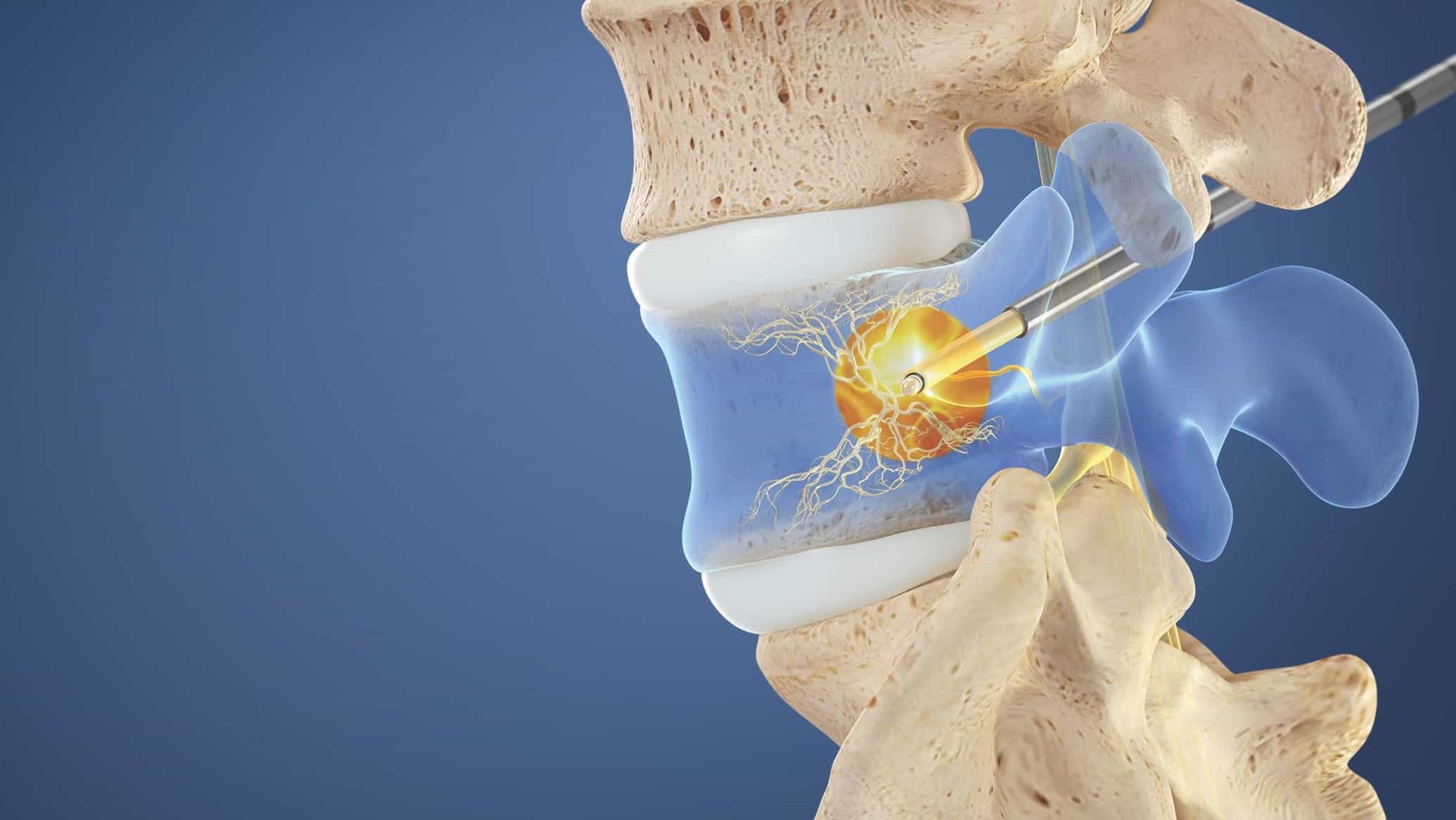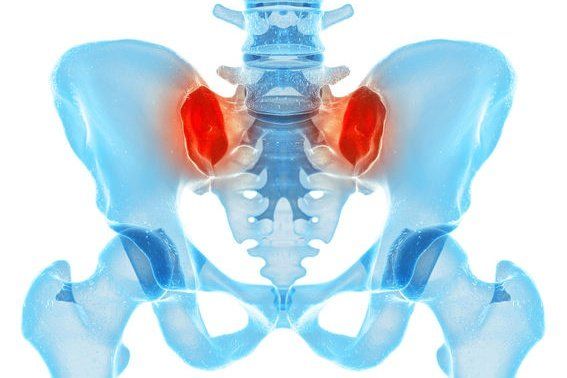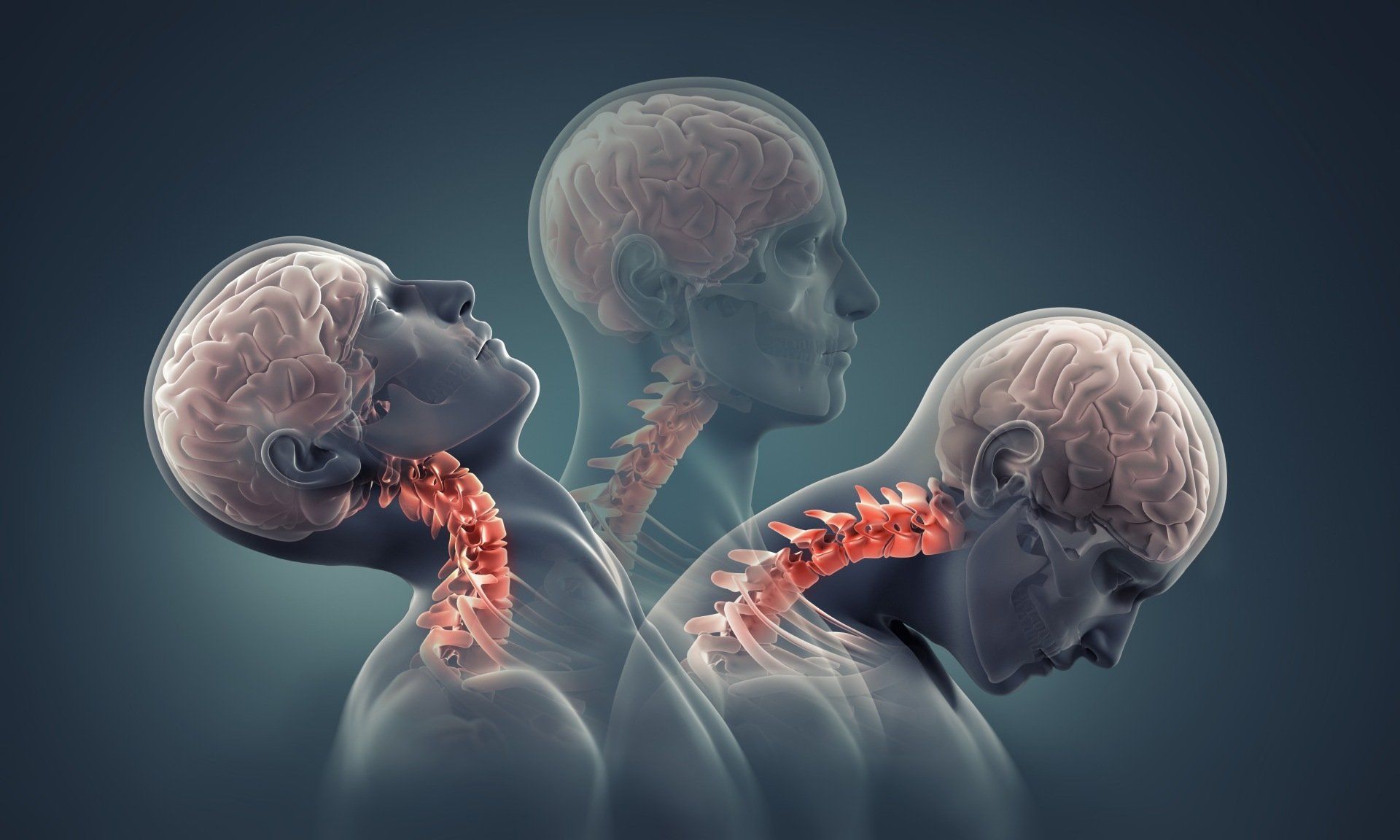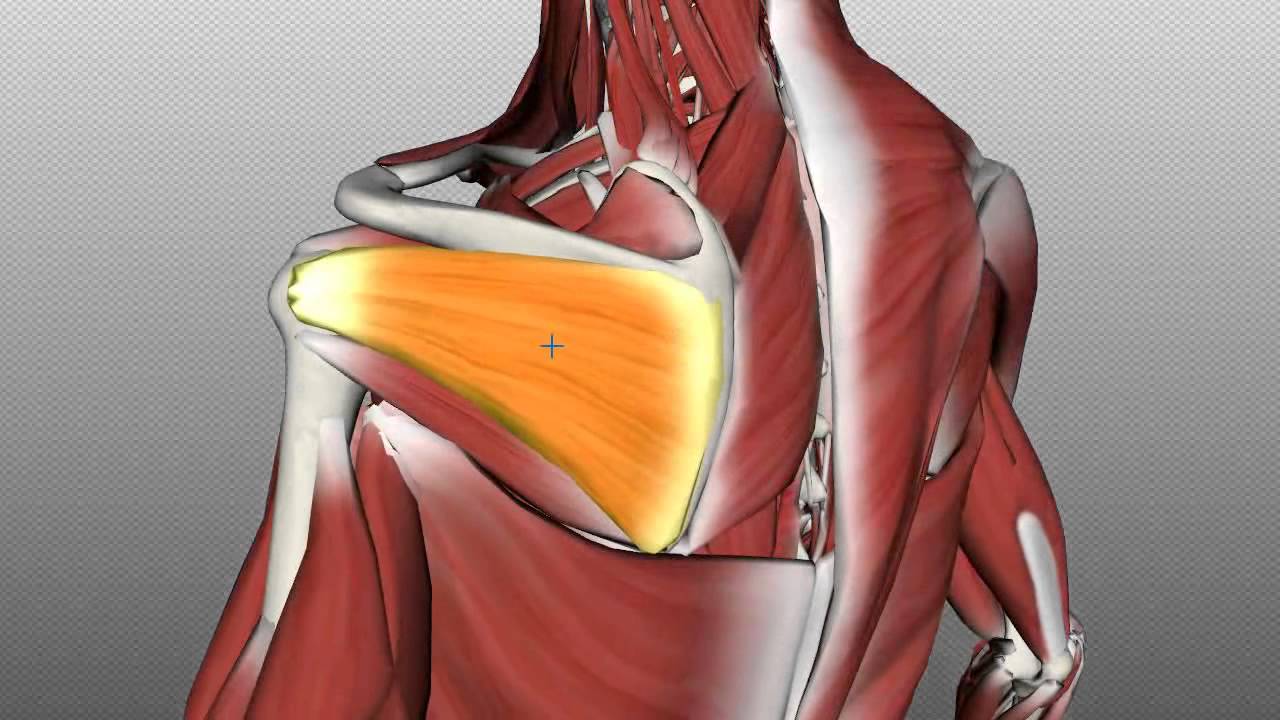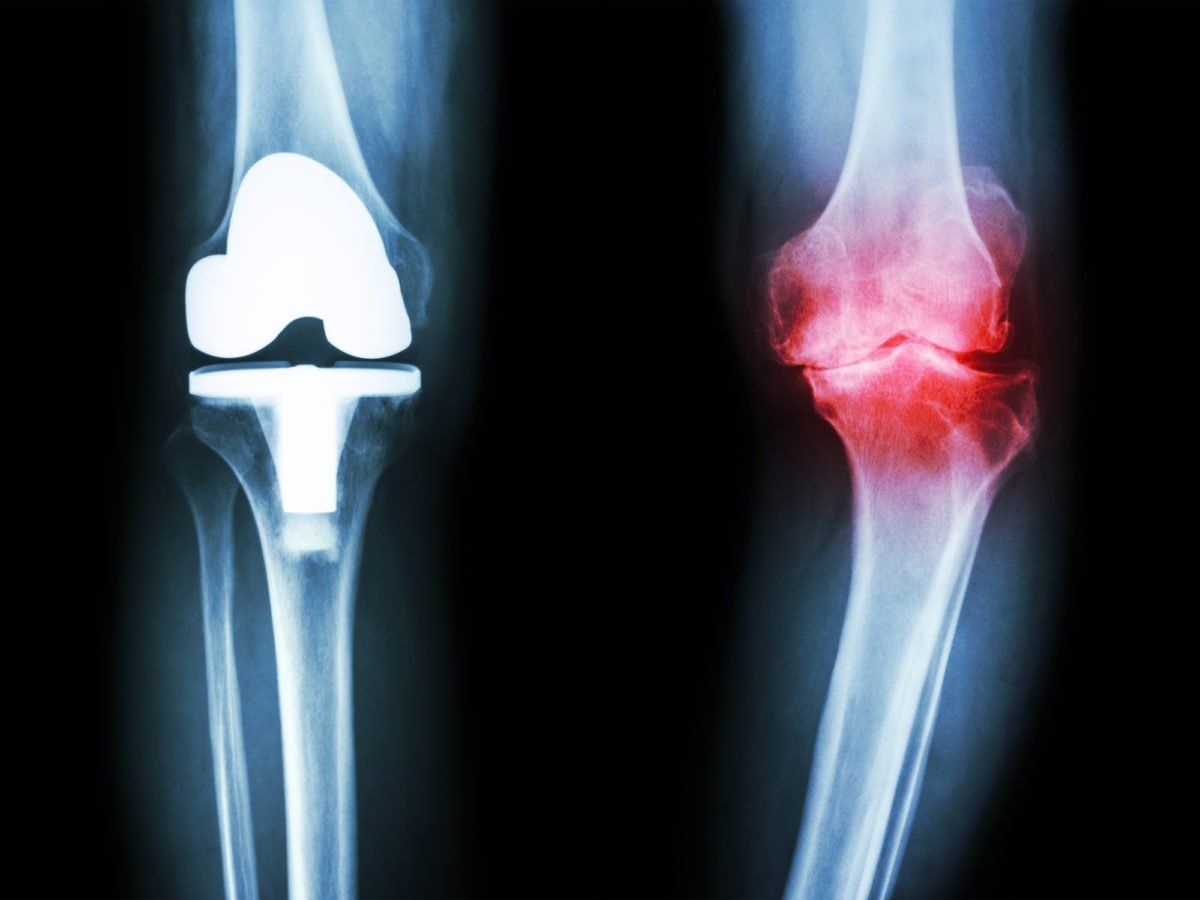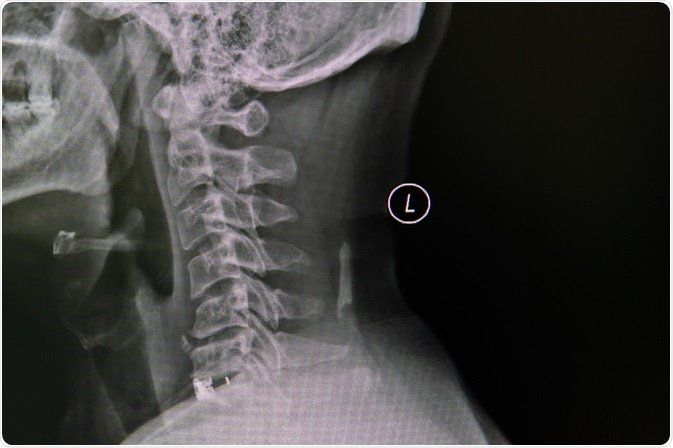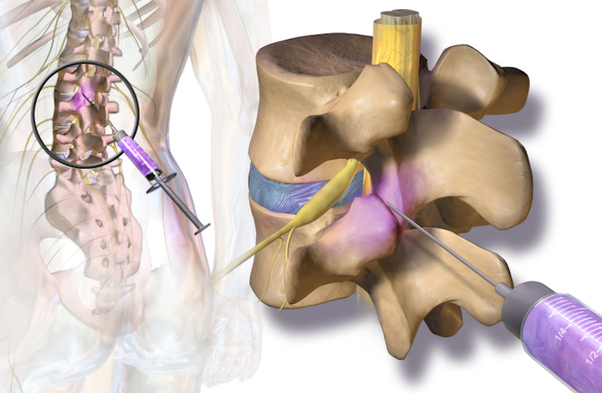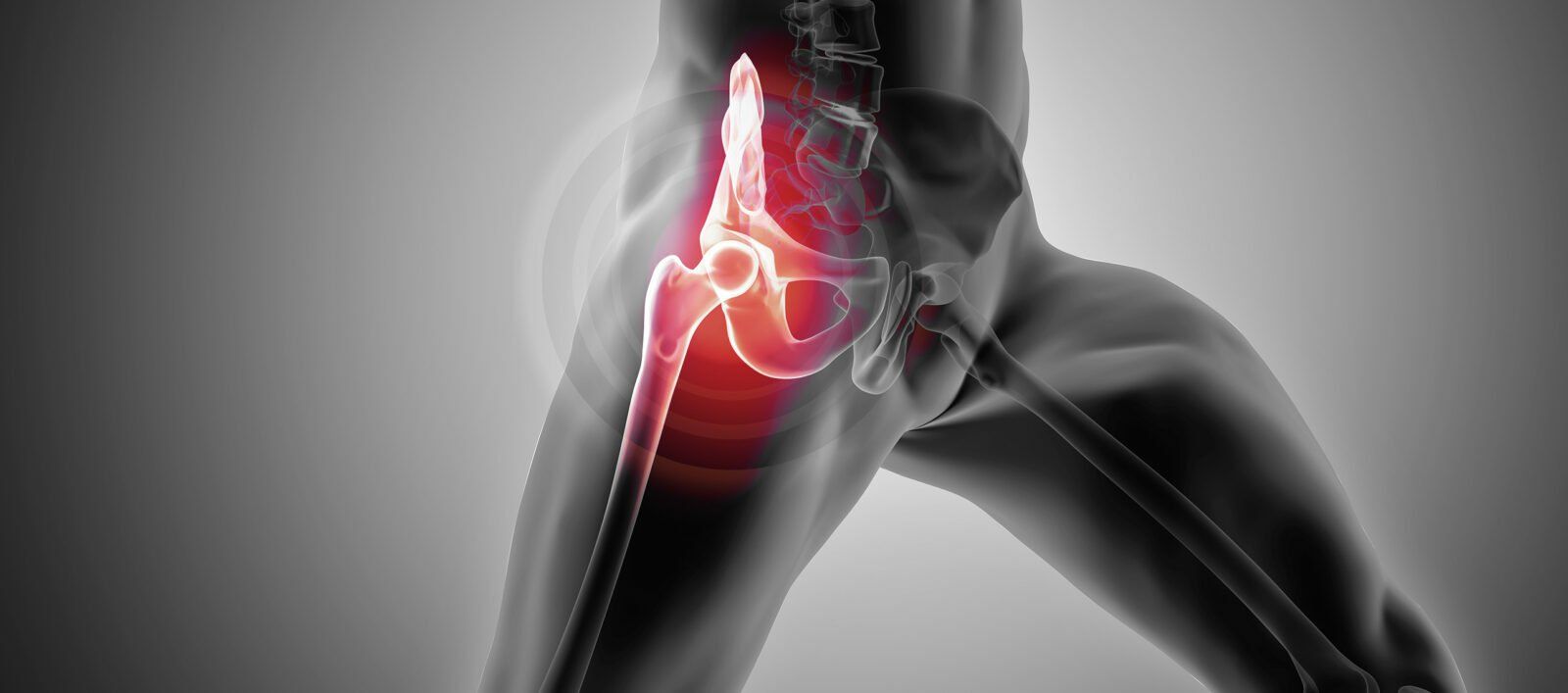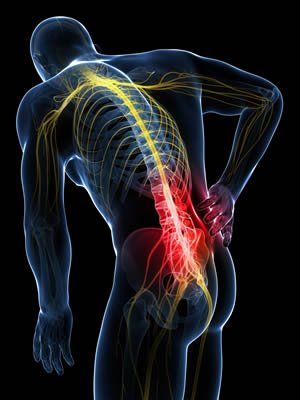Services
Dorsal Root Ganglion Stimulation
Dorsal Root Ganglion (DRG) stimulation, is a minimally invasive image guided therapeutic surgery that is performed to relieve chronic pain disease processes. Through the available research and clinical experience, this minimally invasive surgery has been demonstrated to significantly improve function and pain, for multiple conditions including but not limited to, complex regional pain syndrome, neuropathies, chronic post operative pain and post amputation pain. This minimally invasive surgery targets the DRG which is a critical structure in the pain pathway, and DRG stimulation is able to have a powerful positive effect on the patient's nervous system/pain pathways through modulation of the DRG.
How is DRG stimulation performed?
Patient Positioning
The patient lies face down. Pillows will be underneath the abdomen/pelvis region in order to flatten the back.
Anesthesia
Typically this procedure is done with use of IV anesthesia in addition to local anesthetic numbing. The patient will be very relaxed with significant control/blocking of procedural pain; but the patient will still be breathing on their own and therefore will not require a tube down the throat (no intubation).
Fluoroscopic Guidance
Using a fluoroscope for guidance (live X-ray guidance), the physician carefully places the DRG stimulation device in the target location of one or multiple of the foramen of the spinal canal (the foramen are the openings of the spinal canal where nerve roots exit the spine, and the foramen is where the DRG is located).
DRG stimulation minimally invasive surgery
Using a minimally invasive technique with image guidance, small therapeutic leads with electrodes are carefully guided to the aforementioned target location of the spinal foramen where the DRG resides. These electrodes utilize electricity to stimulate the DRG and have a positive impact on the pain signal and health/function of the nervous system. First a trial is performed where the leads are hooked up to an external power generator which is placed in a pocket that adheres to the patient, and a sterile bandage covers the surgical site for the duration of the trial. The trial lasts around 5-7 days. If the trial is successful, specifically if the patient notes a significant improvement in pain and function, then the permanent implant is performed. The permanent implant is very similar to the trial, except there is no external power generator; instead there will be two small incisions (one midline incision and one incision around the gluteal region) which allow for the entire device to be internalized. There is a remote that can talk to the power generator in order to change therapeutic programs as well as other functions.
End of Surgery
The therapeutic device is left in place, but all other tools are removed. The small surgical wound is closed with suture, and a sterile bandage is applied.
How long does it take for DRG stimulation to work?
Some patients notice fairly immediate relief, but it may take several days for patients to notice the full benefit during the trial period.
Who performs DRG stimulation?
DRG stimulation is performed by one of the board certified Interventional Pain Physicians at Spine & Nerve Diagnostic Center (SNDC).
Where is the DRG stimulation surgery performed?
The DRG stimulation surgery is performed at one of the state of the art surgery centers that SNDC works with. Typically this is an outpatient procedure, and there is no overnight stay.

